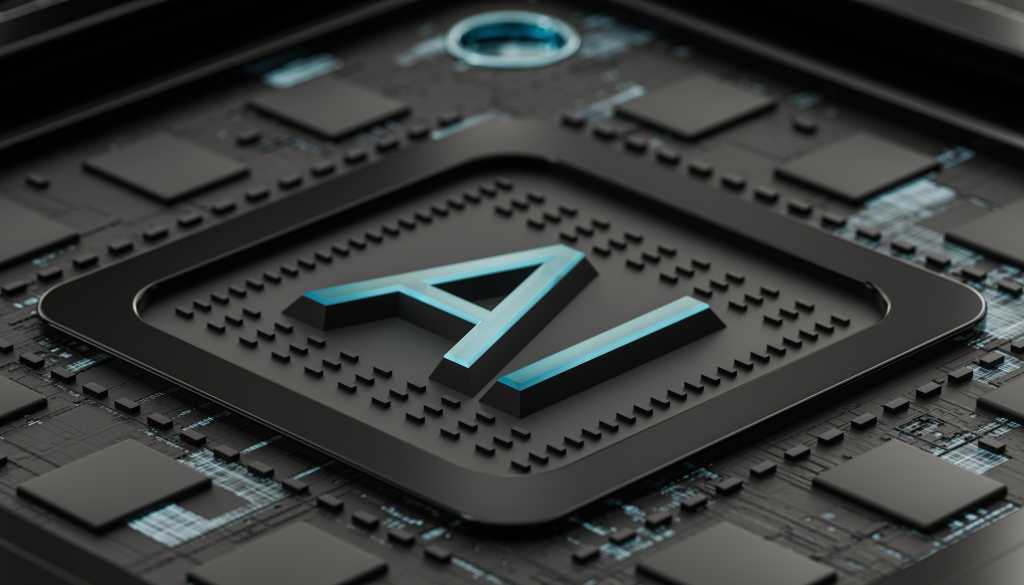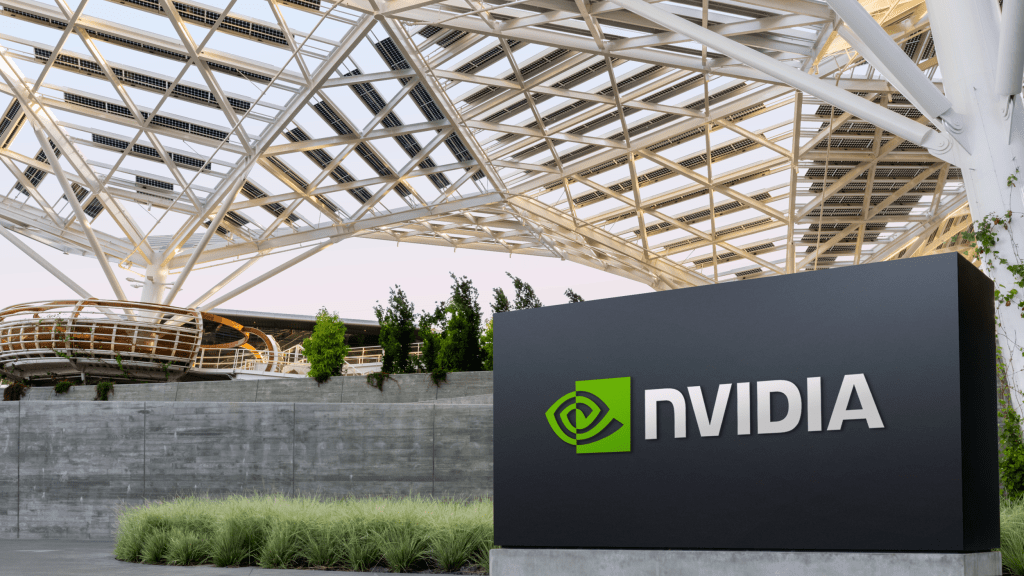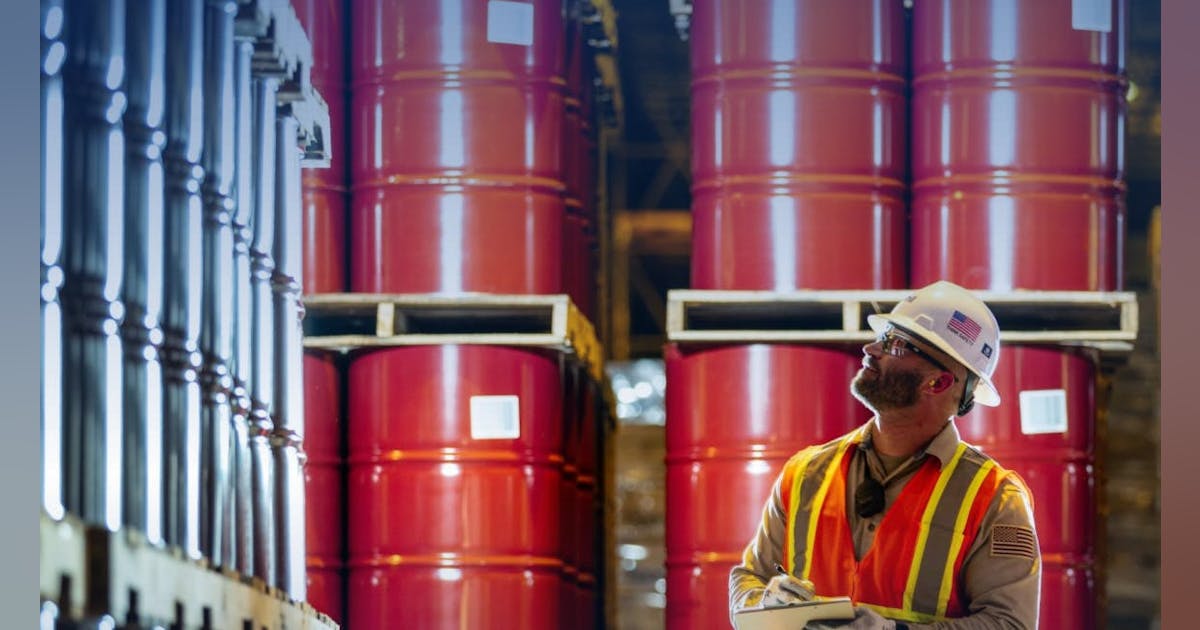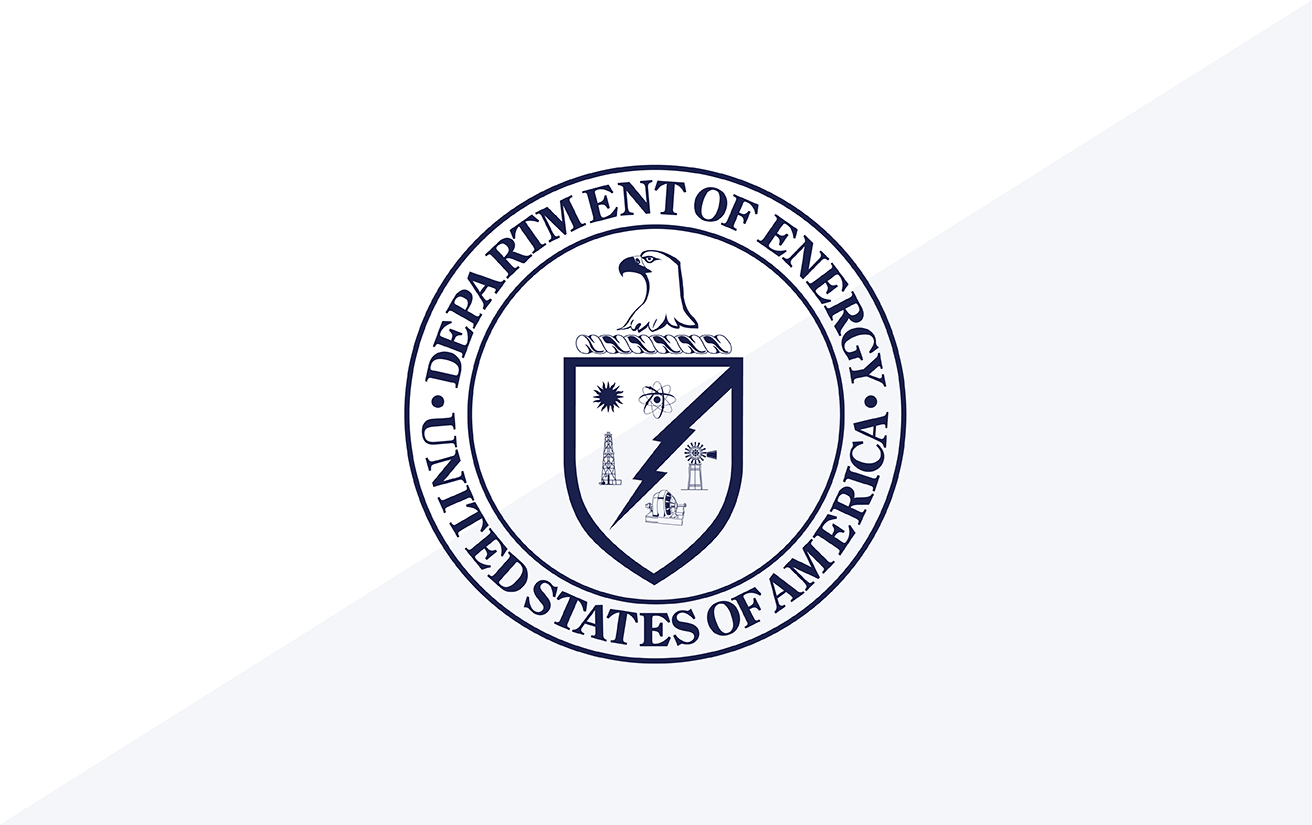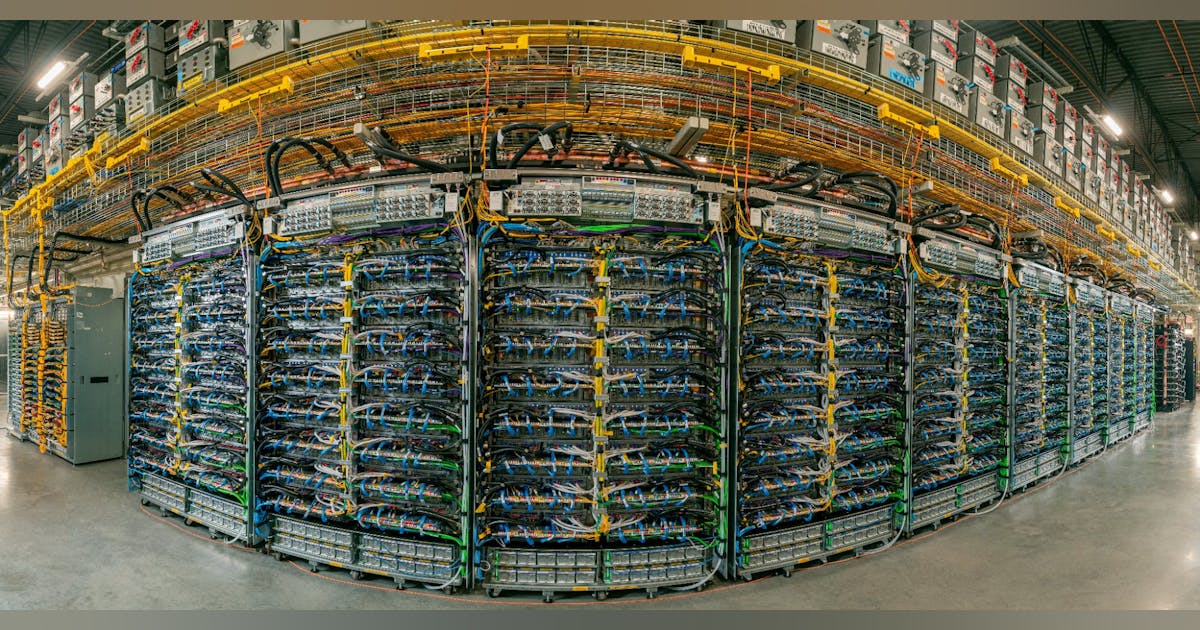Energy Voice subscribers are invited to join us for a masterclass in digital innovation, hosted by digital entrepreneurs, SmplCo.
Digital innovation is crucial to the energy industry working smarter and more efficiently while spotting new business models & opportunities emerging from the energy transition. It will ensure you can serve your customers better, land new ones, and recruit the best talent. But selling your vision for digital technology can be tough. In this ‘lunch & learn’ masterclass we will look at how you can:
- align stakeholders behind your vision
- land the budget you need to deliver digital innovation
- build rapid momentum
- dramatically cut the costs of innovation
- Join the conversation, get answers to your specific challenges, and start 2025 with renewed energy and purpose.
The session will be delivered by SmplCo’s Andreas Melvær & Bjørn Ivar Knudsen, who have a wealth of experience enabling energy firms in the UK and Norway to take leaps forward with innovation, supercharge performance, and future-proof their businesses.
Recommended for you

Power Moves: New Energy Industries Council directors and more

